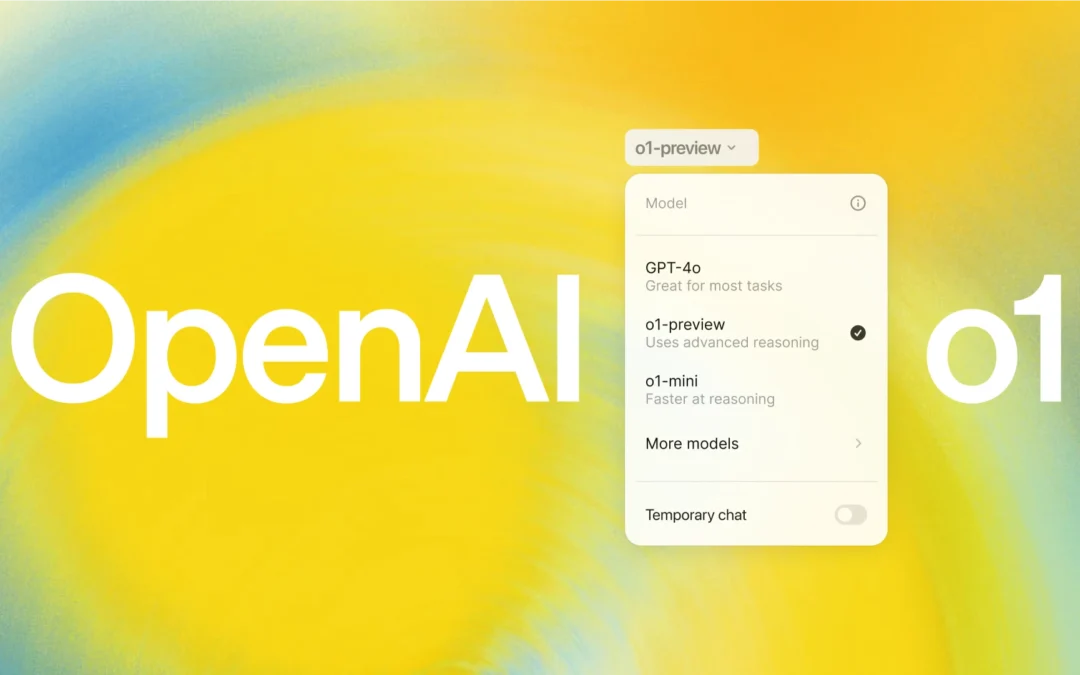In an exciting advancement for artificial intelligence, OpenAI has introduced its latest model, o1, marking the beginning of a new era in AI reasoning capabilities. Alongside this highly anticipated release, the company is also launching a smaller, more affordable version known as o1-mini. For those attuned to the buzz within the tech community, this is indeed the much-hyped “Strawberry” model.
The Power and Price of OpenAI’s o1 Model
The o1 model represents a significant leap forward for OpenAI, aligning with its overarching goal of creating AI that more closely mirrors human intelligence. One of the most exciting aspects of o1 is its ability to solve multistep problems and write code more efficiently than its predecessors. However, this sophistication comes at a cost—it’s slower and pricier to use than the widely adopted GPT-4o. OpenAI has labeled this release as a “preview,” underscoring the model’s experimental status.
ChatGPT Plus and Team users can access both o1-preview and o1-mini today, while Enterprise and educational users will gain access next week. Though a broader release for free users is on the horizon, no official date has been set. For developers, utilizing the o1 API is costly, with a price tag of $15 per 1 million input tokens and $60 per 1 million output tokens—significantly higher than GPT-4o’s rates.
The Secret Sauce: Reinforcement Learning and Chain of Thought
OpenAI’s research lead, Jerry Tworek, emphasized that the training behind o1 is entirely different from previous models. While past GPT models were trained to mimic patterns from their data sets, o1 was developed to solve problems autonomously. Using a technique called reinforcement learning, o1 learned through rewards and penalties, much like how humans learn from their successes and mistakes. This new approach allows the model to think in a structured, step-by-step manner, a process known as a “chain of thought.”
The results are impressive. OpenAI claims that o1 hallucinates less—producing fewer false or nonsensical responses—although this issue hasn’t been completely eliminated. The model’s ability to handle complex tasks like coding and math, particularly explaining its reasoning in a way that mimics human thought, sets it apart from previous models.
OpenAI’s o1: A Standout Performer in Math and Programming Competitions
Bob McGrew, OpenAI’s chief research officer, shared some eye-opening performance metrics for o1. The model has excelled in academic and competitive environments, particularly in math. When tested against the qualifying exam for the prestigious International Mathematics Olympiad, o1 correctly solved 83% of the problems, while GPT-4o only managed 13%. In the world of programming, o1 performed remarkably well in Codeforces competitions, achieving an 89th percentile ranking among human participants.
MORE DEALS: PlayStation 5 Pro: The Ultimate Gaming Upgrade or Just Hype?
Despite these breakthroughs, o1 isn’t without its limitations. In areas like factual knowledge, it still lags behind GPT-4o. Additionally, it lacks the ability to browse the web or process files and images, which limits its versatility in certain tasks. Still, OpenAI sees o1 as a foundational step toward a new class of AI models that will push the boundaries of what these systems can achieve.
The Journey to More Human-Like AI

What’s most fascinating about o1 is how it gives the illusion of human-like reasoning. During a demo, the model was tasked with solving a challenging riddle about the ages of a prince and princess. While previous models could solve similar problems, o1’s step-by-step approach made it seem as though it was thinking out loud. Phrases like “I’m curious about” and “Let me see” gave the impression that the model was contemplating its next move, much like a human would when faced with a complex problem.
Yet, as Tworek and McGrew are quick to point out, o1 is not actually thinking in the way humans do. Instead, this design helps users understand how the model processes problems and arrives at solutions. “It feels more human than prior models,” McGrew says, though it’s clear that this is only a small step toward creating AI with true human-level intelligence.
Building Toward Autonomous Agents
The release of o1 highlights OpenAI’s vision of a future where AI systems function as autonomous agents capable of reasoning and making decisions. While the technology isn’t there yet, the advances in reasoning capabilities seen in o1 signal that the company is edging closer to this goal. McGrew acknowledges that current models are still based on pattern recognition, but believes that cracking reasoning could open doors to revolutionary breakthroughs in fields like medicine and engineering.
“We have been spending many months working on reasoning because we think this is actually the critical breakthrough,” McGrew explains. “Fundamentally, this is a new modality for models in order to be able to solve the really hard problems.”
As AI continues to evolve, OpenAI’s o1 model may be remembered as a milestone in the pursuit of more intelligent, autonomous systems. The road to human-like reasoning is long, but o1 is a promising first step in that direction.

